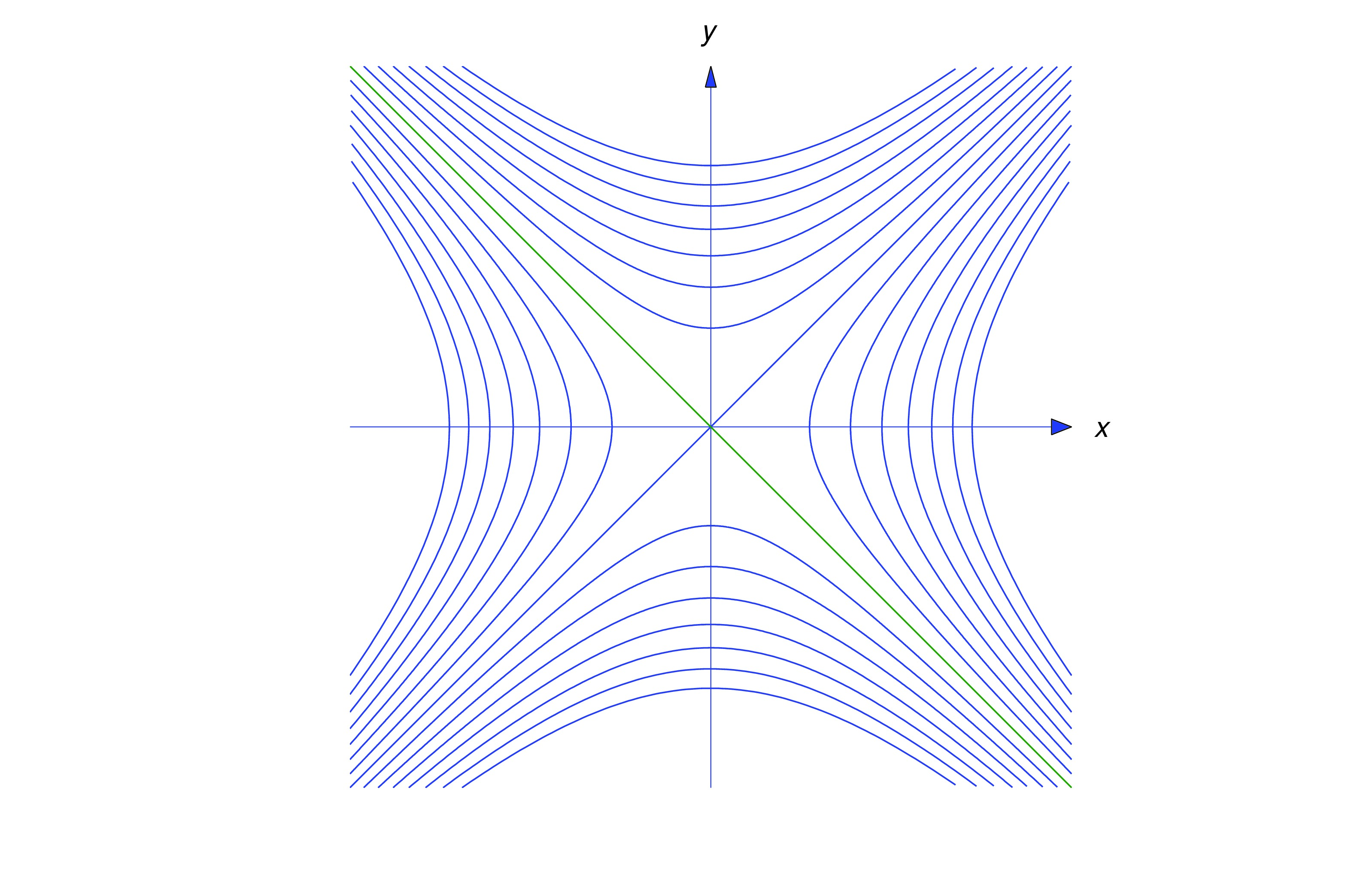
This is the subject of chapter 3 of the text.įinally, in the fourth and final chapter of the book, Crippa offers a summary of what has been written earlier and makes a case for the proposition that the results described here helped usher in other impossibility results over the next two hundred years. But the mathematical issues raised by the debate were not fully resolved, and these issues attracted the attention of Leibniz, who from 1675 to 1676 wrote on this issue, describing both partial solutions and some general impossibility results of his own. The dispute between Gregory and Huygens lasted until early 1669, and ended in substantial part because of pressure from the Royal Society to stop the antagonism. Wallis then joined the debate, agreeing with Gregory’s ultimate mathematical conclusion but finding fault with his arguments. A pre-publication copy of the VCHQ was sent to Huygens for comment, but the latter, instead of replying directly, wrote a public response that was, both mathematically and personally, quite critical it not only criticizes the mathematics (disagreeing both with Gregory’s arguments and his ultimate conclusion) but also suggests that Gregory is guilty of plagiarism. The author describes the problem and traces its history from ancient Greece to the 17th century, giving the context in which the developments described in the main part of the text will play out.Ĭhapter 2 discusses the VCHQ and the response to it by Huygens. The book begins in chapter 1 with an introductory chapter that helps set the historical stage for what is to follow. Given the dearth of elementary textual treatments of this paper, a book like this, which contains extensive discussion of both Gregory’s treatise and subsequent results, is a valuable addition to the literature, particularly since it not only discusses this paper but also puts it in some historical perspective, against the broader issue of impossibility results in general. The question of \(\pi\)’s transcendence was a difficult one, and it would be another two centuries before it was resolved in Gregory’s favor. Huygens, regarded as the leading mathematician of the day, believed that it could be expressed algebraically, and a dispute arose over the validity of Gregory’s methods. Through this infinite process, Gregory sought, unsuccessfully, to prove the impossibility of squaring the circle by algebraic means. Carl Boyer’s history text does mention it, albeit rather briefly: Victor Katz’s authoritative book has a few pages on Gregory but does not discuss this paper it focuses on another paper, published a year later, that is not discussed in this text. Gregory’s 1667 paper (hereafter denoted VCHQ) and its aftermath is not discussed extensively in the undergraduate history of mathematics literature.

This paper proved controversial, and the ensuing discussion, the author tells us, constitutes “the first recorded discussion on an impossibility result in mathematics” and also helped to shape the development of calculus. In 1667, James Gregory published a paper ( Vera Circuli et Hyperbolae Quadratura) in which he purported to prove (in modern terms) that certain integrals (that arise in the question of squaring these more general objects) did not have closed form algebraic solutions. This leads to consideration of integrals, and to a decade-long controversy concerning the quadrature (squaring) of these geometric objects. The tools that are at our disposal are broadened, and the question of squaring more general objects than circles (specifically, ellipses and hyperbolas) are investigated. This book generalizes the question posed in the previous paragraph in several ways. So the transcendence of \(\pi\) establishes that no such square can be constructed. If it were possible to construct a square with the same area as the unit circle, it would therefore follow that \(\pi\) was algebraic, in contradiction to Lindemann’s result. One can then prove that the set of constructible numbers is a field, and that every constructible number is algebraic. It was not until 1882, when Lindemann proved that the number \(\pi\) was transcendental, that the problem was definitively shown, by algebraic means, to be impossible: a “constructible number” is a real number \(r\) with the property that, starting with a unit segment, one can construct a line segment of length \(|r|\) using only compass and straightedge. Before picking it up, I associated the phrase “impossibility of squaring the circle” exclusively with the ancient Greek problem of constructing, with compass and straightedge only, a square whose area was equal to that of a given circle.

This book’s topic coverage is somewhat more extensive than the title might suggest.


 0 kommentar(er)
0 kommentar(er)
